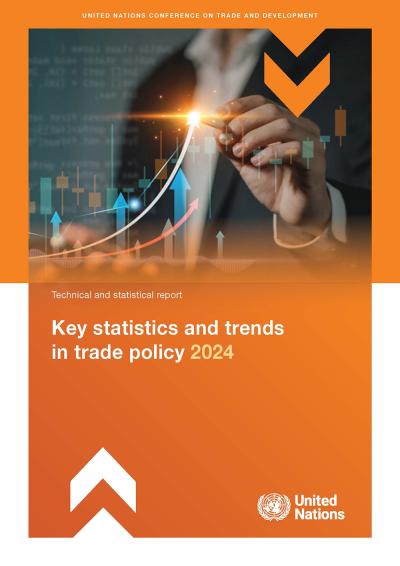
International trade is subject to and influenced by a wide array of policies and instruments. Technical measures and requirements regulate about two thirds of world trade, while various forms of sanitary and phytosanitary measures (SPS) are applied to almost all agricultural products.
Border measures contribute substantially to trade costs. On average the compliance costs of such measures are generally higher than tariffs. The use of trade defence measures has also increased significantly in recent years, although they have been largely concentrated in very specific sectors. Most of the trade defence measures currently in force have been imposed by developed countries and major emerging economies.
As of 2023, trade costs directly related to tariffs remained stable at below 2 per cent for developed countries and at about 4 per cent for developing countries. Tariff restrictiveness remains substantial in many developing countries, especially in South Asian and African countries. Moreover, tariffs remain relatively high in some sectors, where tariff peaks are present. Those sectors include some that are of key interest to low-income countries, such as agriculture, apparel, textiles and leather products.
Tariffs also remain substantial for most South–South trade. The process of deeper economic integration has remained strong at regional and bilateral levels, with an increasing number of preferential trade agreements (PTAs) being negotiated and implemented.
As of 2023, more than half of world trade has taken place between countries party to some form of PTA. Most of the recent PTAs address not only goods but also services and increasingly deal with rules beyond reciprocal tariff concessions to cover a wide range of behind the border issues. The share of trade under these PTAs continued to grow in recent years.
This report divided into four chapters:
- Tariffs
- Trade agreements
- Non-tariff measures
- Trade defence measures
Trade trends and statistics are provided at various levels of aggregation illustrating the use of the trade policy measures across economic sectors and geographic regions.
